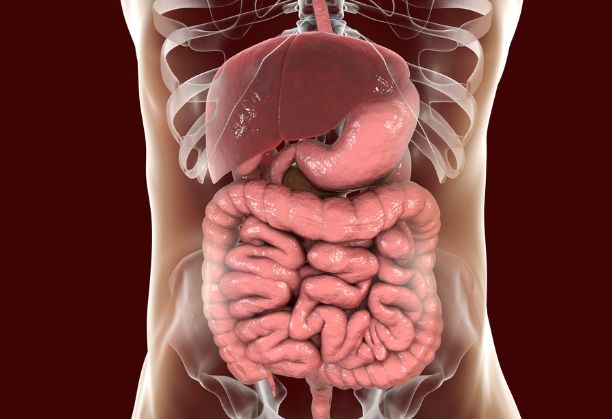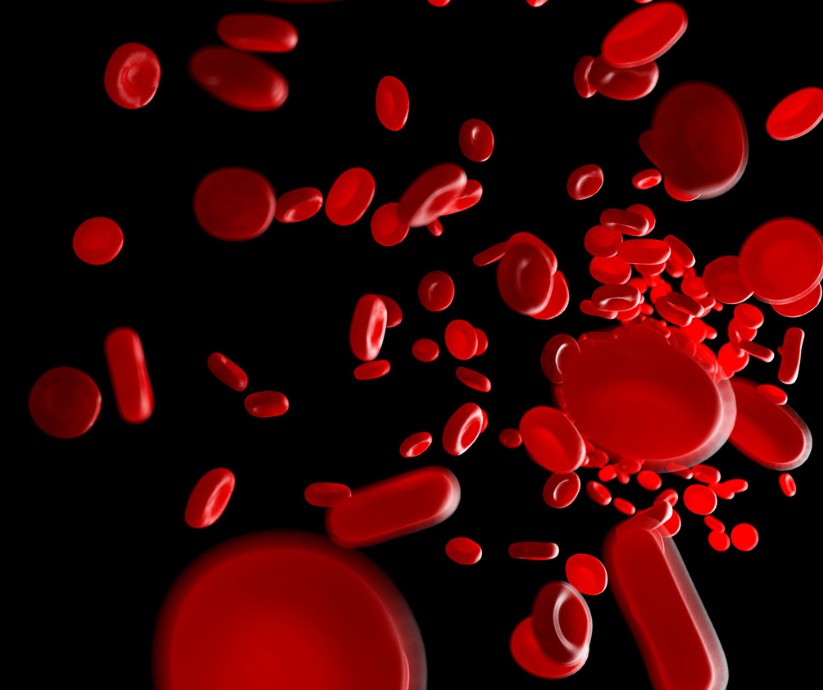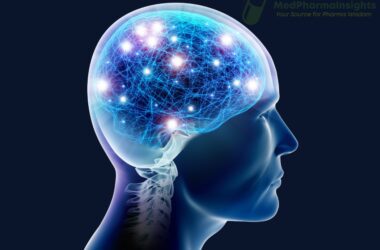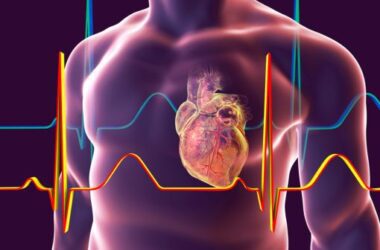Paralysis and stroke are often mentioned together, leading to confusion regarding their meanings. While these terms are related, they refer to distinct medical conditions. In this blog, we will clarify the difference between stroke and paralysis“, helping you understand the differences and similarities between these two conditions.
Paralysis – A State of Loss of Muscle Function
Definition of Paralysis
Paralysis refers to a state where there is a loss of muscle function and control in one or more parts of the body. It can affect any part of the body, including the arms, legs, face, or even the entire body, depending on the cause and extent of nerve or muscle damage.
Causes of Paralysis
Paralysis can result from various causes, including:
-
- Neurological Disorders: Conditions such as multiple sclerosis, amyotrophic lateral sclerosis (ALS), and Guillain-Barré syndrome can lead to muscle weakness and paralysis.
-
- Spinal Cord Injury: Trauma or damage to the spinal cord can result in paralysis below the site of injury.
-
- Nerve Damage: Conditions like peripheral neuropathy, which affect the peripheral nerves, can lead to muscle weakness or paralysis.
-
- Stroke: Stroke is one of the potential causes of paralysis, as it can damage the brain and affect motor control.
Types of Paralysis
Paralysis can be categorized into several types, including:
-
- Monoplegia: Paralysis affecting one limb, such as an arm or leg.
-
- Hemiplegia: Paralysis affecting one side of the body, often seen in stroke patients.
-
- Paraplegia: Paralysis of both legs and the lower part of the body.
-
- Quadriplegia: Paralysis of all four limbs and the trunk.


Stroke – A Neurological Event
Definition of Stroke
A stroke is a specific medical event that occurs when there is a disruption in the blood supply to the brain. This disruption can be due to a blocked or ruptured blood vessel. When brain cells are deprived of oxygen and nutrients, they can be damaged or die, leading to various neurological symptoms.
Causes of Stroke
The primary causes of stroke include:
1- Ischemic Stroke: This occurs when a blood clot blocks an artery or blood vessel supplying the brain.
2- Hemorrhagic Stroke: In this case, a blood vessel in the brain ruptures or leaks, leading to bleeding within or around the brain.
Symptoms of Stroke
Stroke symptoms can vary but often include:
-
- Sudden numbness or weakness in the face, arm, or leg, particularly on one side of the body.
-
- Sudden confusion, trouble speaking, or difficulty understanding speech.
-
- Sudden trouble seeing in one or both eyes.
-
- Sudden trouble walking, dizziness, loss of balance, or lack of coordination.
-
- Sudden severe headache with no known cause.


The Connection and Difference between stroke and paralysis
While there is a difference between stroke and paralysis, there is still a connection between the two. A stroke can lead to paralysis when it damages the part of the brain responsible for controlling muscle function. This is known as post-stroke paralysis.
Post-Stroke Paralysis
Post-stroke paralysis typically affects one side of the body and is known as hemiplegia. It results from the damage to the brain caused by the stroke, affecting motor control and muscle function.
Rehabilitation and Management
Both paralysis and stroke require comprehensive medical care and rehabilitation. Physical therapy, occupational therapy, and speech therapy are often crucial components of the recovery process. Rehabilitation aims to improve mobility, restore function, and enhance the quality of life for individuals affected by these conditions.
In conclusion, it’s crucial to grasp the profound disparities between stroke and paralysis. While both conditions can significantly affect an individual’s quality of life, understanding their fundamental variances is paramount for effective management and treatment. By recognizing the dissimilarities in symptoms, causes, and therapeutic approaches, individuals, caregivers, and medical professionals can navigate these challenges with greater clarity and precision. Remember, the key to addressing the disparity between stroke and paralysis lies in education, awareness, and proactive healthcare measures. Embracing this understanding empowers us to provide better support and care for those impacted by these conditions. So, whether you’re seeking preventive measures or managing the aftermath, recognizing the difference between stroke and paralysis is essential for informed decision-making and improved outcomes.













